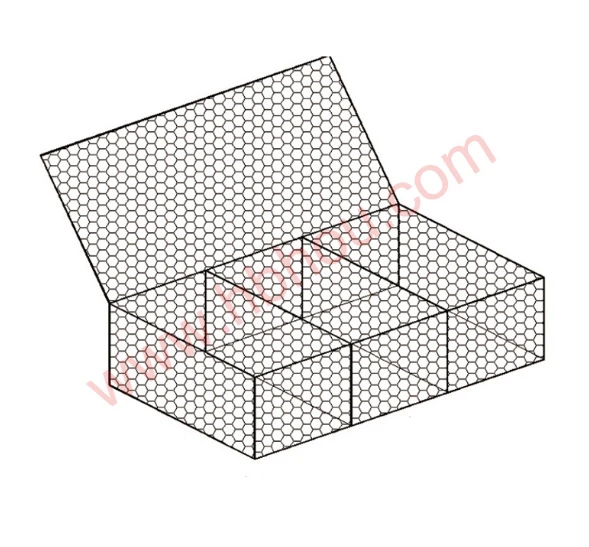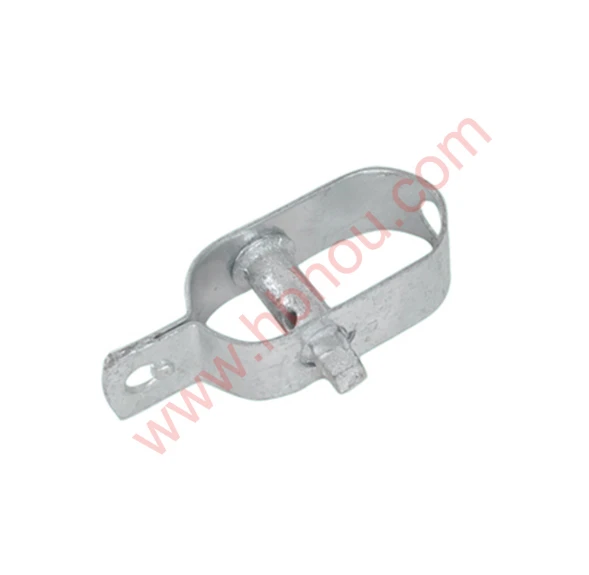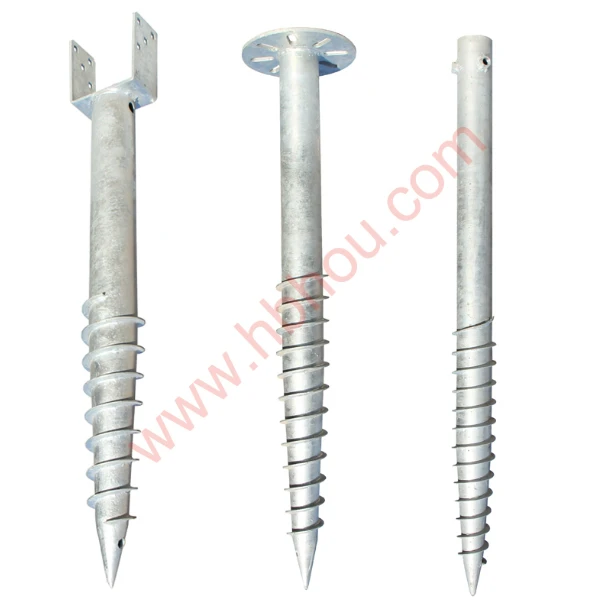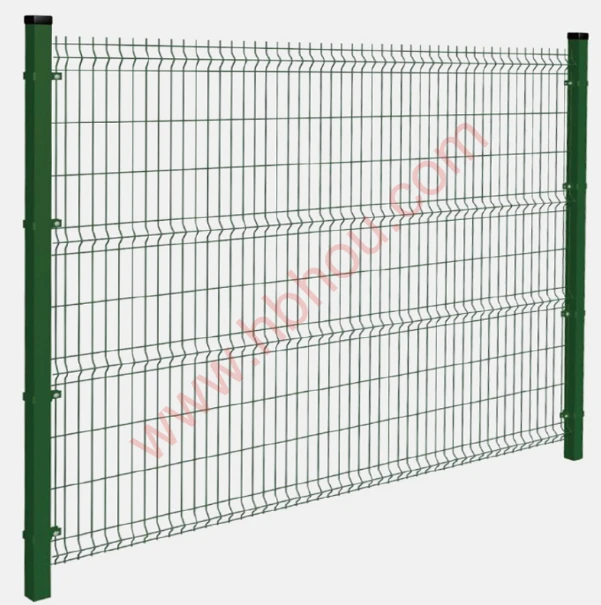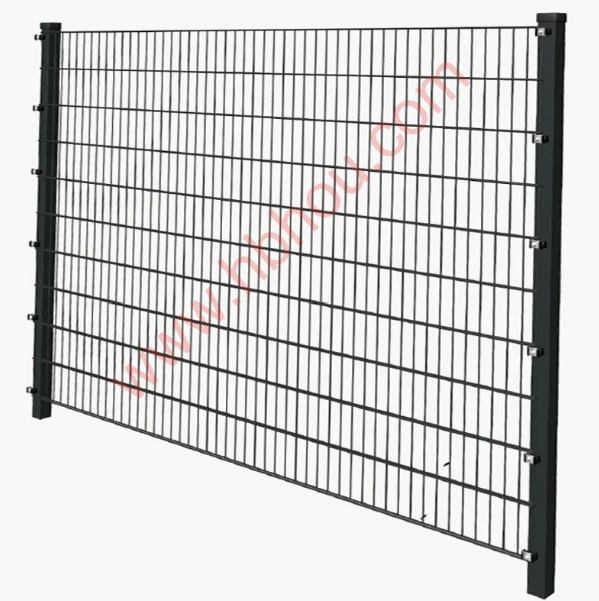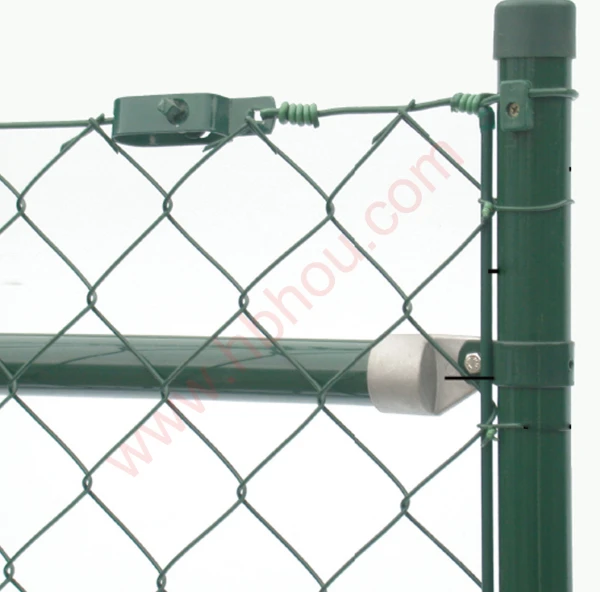Iron and Wire The Backbone of Modern Infrastructure
Iron and wire are two seemingly simple materials that have played a transformative role in shaping the modern world. From the structures that define our skylines to the technology embedded within our daily lives, these materials are the unsung heroes of innovation and development.
Iron, known for its strength and durability, has been utilized by humanity for thousands of years. Its first significant use dates back to around 1200 BC, marking the beginning of the Iron Age. The ability to forge iron allowed ancient civilizations to build better tools and weapons, paving the way for advancements in agriculture and warfare. Over the centuries, iron has evolved from simple hand-forged items to complex industrial applications. Today, it is primarily extracted from iron ore and processed in blast furnaces to produce steel, an alloy that combines iron with carbon and other elements to enhance its mechanical properties.
Steel, made primarily from iron, is the backbone of our modern infrastructure. Skyscrapers, bridges, and railways all rely on steel for their structural integrity. For instance, the iconic Eiffel Tower, constructed in the late 19th century, exemplifies the use of iron to create monumental structures that were previously deemed impossible. The strength of steel allows buildings to soar to new heights and bridges to span vast distances, redefining urban landscapes.
Wire, on the other hand, is a product of both iron and innovation. The advent of wire drawing in the 19th century revolutionized the production of high-strength wire, making it possible to manufacture various types of wires for different applications. From electrical wiring to structural reinforcement, wire plays a critical role in numerous industries.
iron and wire
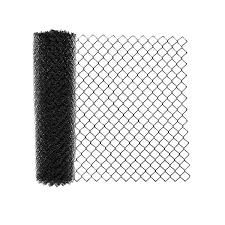
In construction, wire is used in rebar – a steel rod or mesh of rods that is embedded in concrete to increase its tensile strength. This combination of materials allows for the creation of resilient structures that can withstand both natural and man-made challenges. Additionally, wire mesh is widely used for fencing, providing safety and security in agricultural and urban environments.
The telecommunications industry has also benefited dramatically from wire technology. Copper and fiber optic wires are essential for transmitting data at high speeds. The development of fiber optic cables, which utilize glass or plastic fibers to transmit information as pulses of light, has revolutionized internet connectivity and allowed for seamless communication across the globe.
Outside of construction and telecommunications, iron and wire have found their place in art and design. Artists have employed wrought iron to create stunning sculptures and decorative elements, bringing together functionality and aesthetics. Wire, especially in its thinner forms, is used in crafts and jewelry, showcasing the versatility of this humble material.
Moreover, the role of iron and wire is not limited to their industrial applications. As sustainability becomes a more pressing issue, advancements are being made to recycle iron and steel. The steel industry is increasingly adopting methods to reduce its carbon footprint, utilizing electric arc furnaces that melt down scrap steel instead of producing it from raw iron ore. This not only conserves resources but also minimizes environmental impact.
In conclusion, iron and wire are foundational materials that have supported the advancement of civilization. From the towering skyscrapers of bustling cities to the intricate details of decorative art, these materials continue to impact our lives. As technology progresses and sustainability becomes a priority, the future of iron and wire holds even more promise. Their legacy will undoubtedly shape the innovations of tomorrow, ensuring that they remain essential components of our infrastructure and lifestyle.











